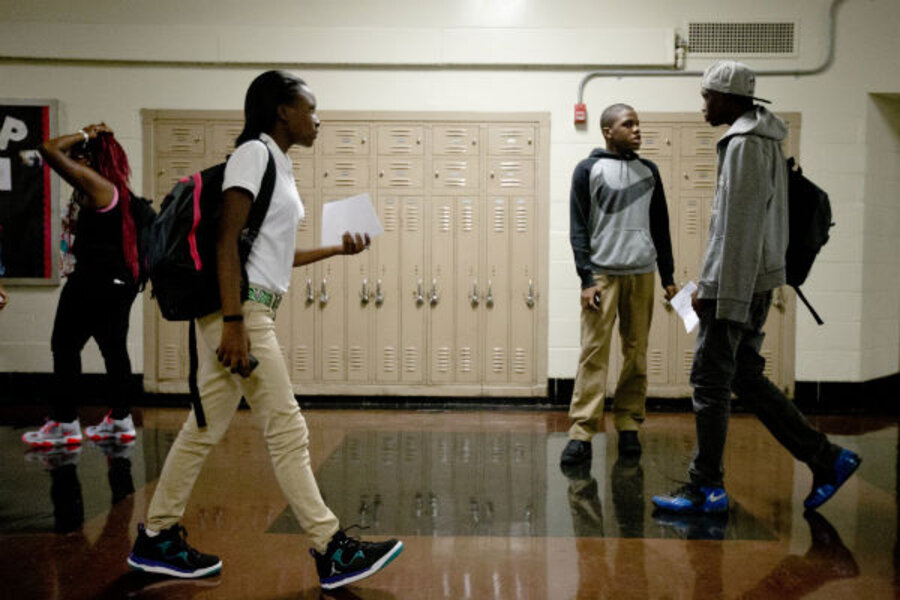Public school spending lags despite economic rebound
Loading...
At least 34 states are providing less funding per student in the current school year than before the recession hit. Moreover, at least 15 have lower funding than a year ago, according to the liberal-leaning Center on Budget and Policy Priorities, which closely tracks state spending.
That creates a serious dent in local school budgets: states provide 44 percent of the country's total education funding.
Districts are struggling to make up for the losses as local property taxes, their primary source of revenue, stay down. Localities collected 2.1 percent less in property tax revenue in the year ending in March than in the previous year, according to the CBPP.
Last month, the Chicago Board of Education, which runs the nation's third largest public school system, had to tap its budget reserves to cover a $1 billion deficit caused by climbing pension payments and salaries and by declining revenues.
Philadelphia's school district is counting on a $45 million state grant to help it cover a $100 million shortfall, which the governor will not release unless teachers make concessions in a new labor pact.
The report comes amid shaky prospects for federal education funding. The U.S. government only provides 5 percent of school money nationwide, but some districts rely heavily on special grant programs that are subject to the automatic spending cuts known as sequestration.
At the same time, Congress has failed to pass a new version of the school funding law known as No Child Left Behind, and critics say that amounts distributed through President Barack Obama's No Child Left Behind grants are too low.
Alabama and Oklahoma have each cut per-student school funding by more than 20 percent since the start of the recession, according to the report. In Arizona, Kansas, Idaho, South Carolina and Wisconsin spending is down more than 15 percent. Altogether 13 states, including California, have reduced spending by more than 10 percent.
In November, California voters approved sending schools more money, and CBPP emphasized that schools there "have experienced a significant improvement in their finances in the last year, largely because of the ballot measure's enactment."
Pumped up school spending
As their revenues began falling from the recession, many states tried to protect education and cut other areas first. The 2009 federal economic stimulus plan provided aid specifically for schools. But states' revenues had not recovered by the time the plan's funds ran out, and most places ultimately cut education to help balance their budgets.
State revenues have now increased for 14 quarters, and in most places exceed prerecession levels.
Some governors and statehouses have pumped up school spending for the school year that recently started, albeit cautiously.
New Mexico increased its spending by $72 per student, "not nearly enough to offset the state's $946 per-pupil cut over the previous four years," CBPP found. Similarly, Maine pushed up funding by $68 per pupil this year after cutting $465 per student the previous years.
In their budgets for the fiscal year that started in July, states kept total spending below prerecession levels and primarily used their surpluses to rebuild rainy day funds, according to the National Governors Association and the National Association of State Budget Officers.
CBPP's findings follow other indicators showing school spending remains constrained. Recently, the U.S. Census reported that in 2011, state spending for elementary and secondary schools fell 1.3 percent from the year before.
In one bright spot, the federal government recently reported that local education gained 20,100 jobs in August, taking the total to 7.795 million. That is still 324,200 jobs below the peak of local education employment in July 2008.







